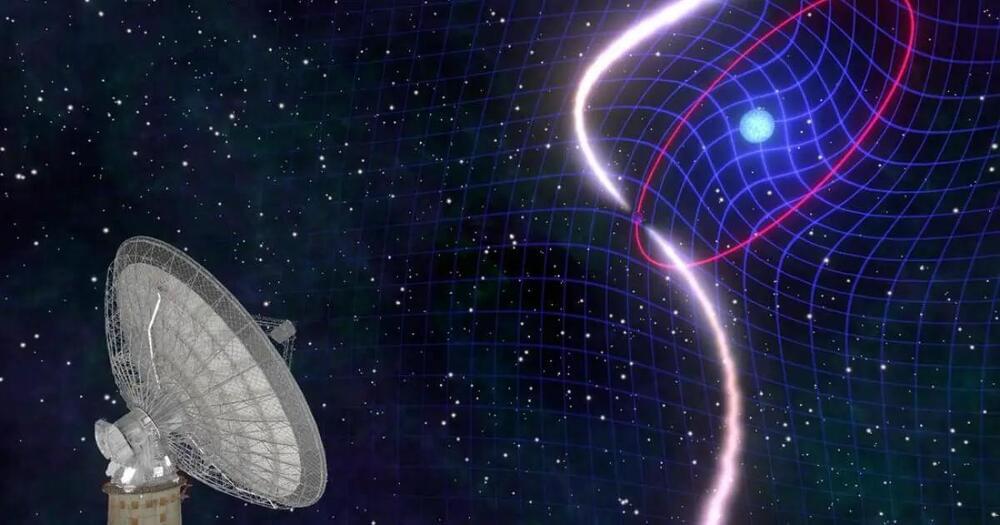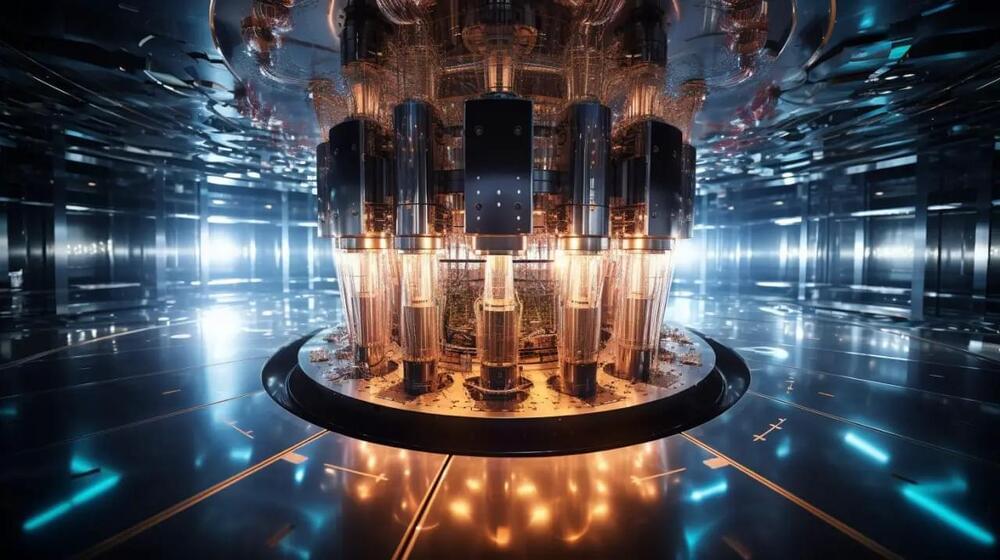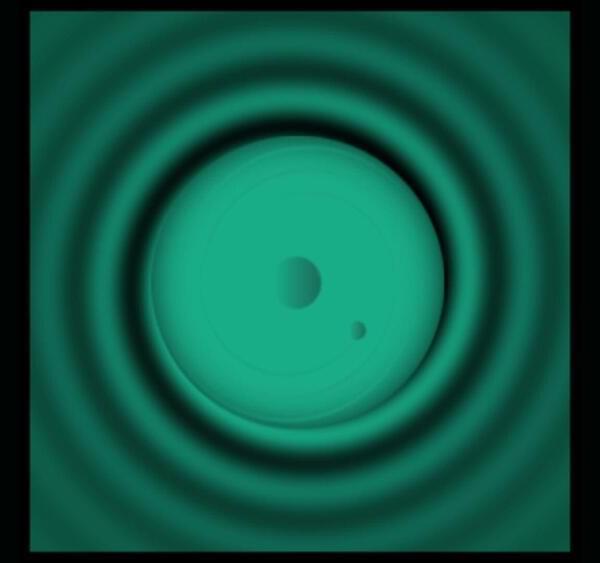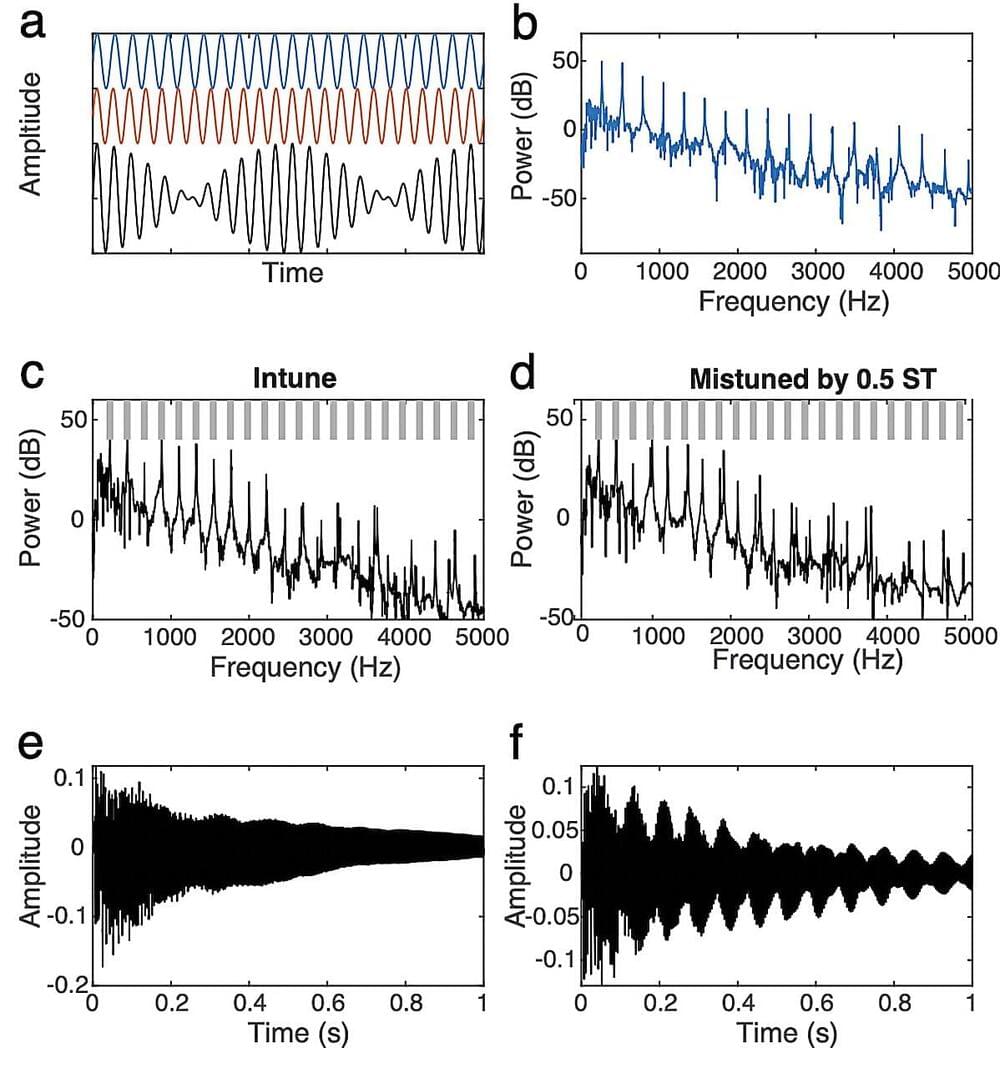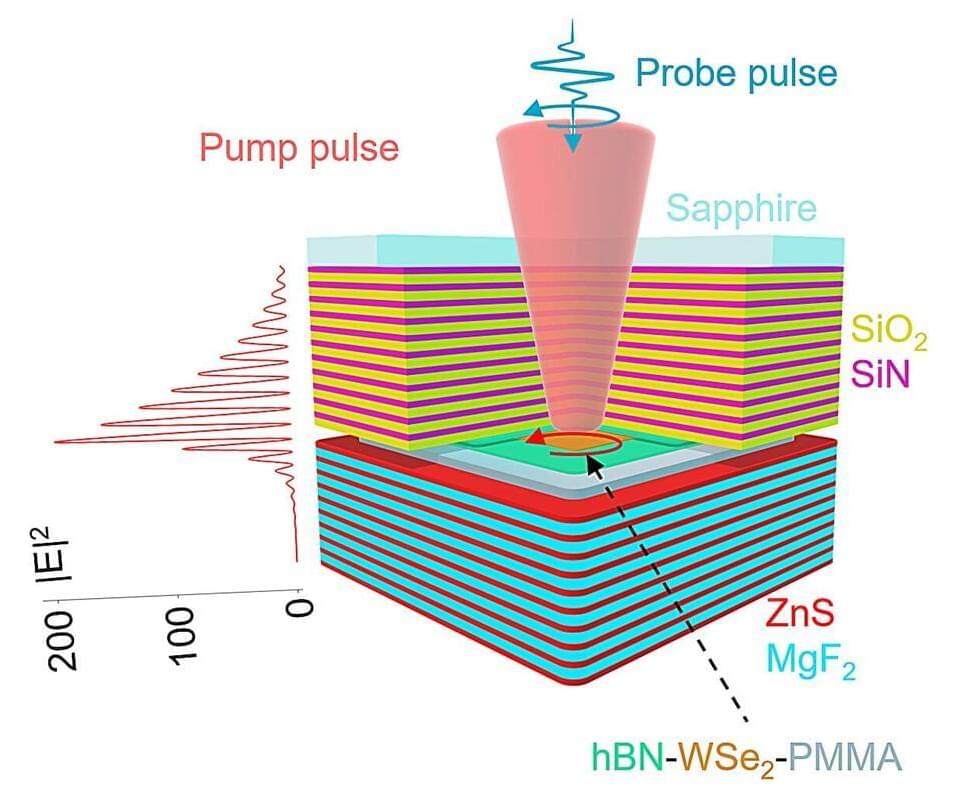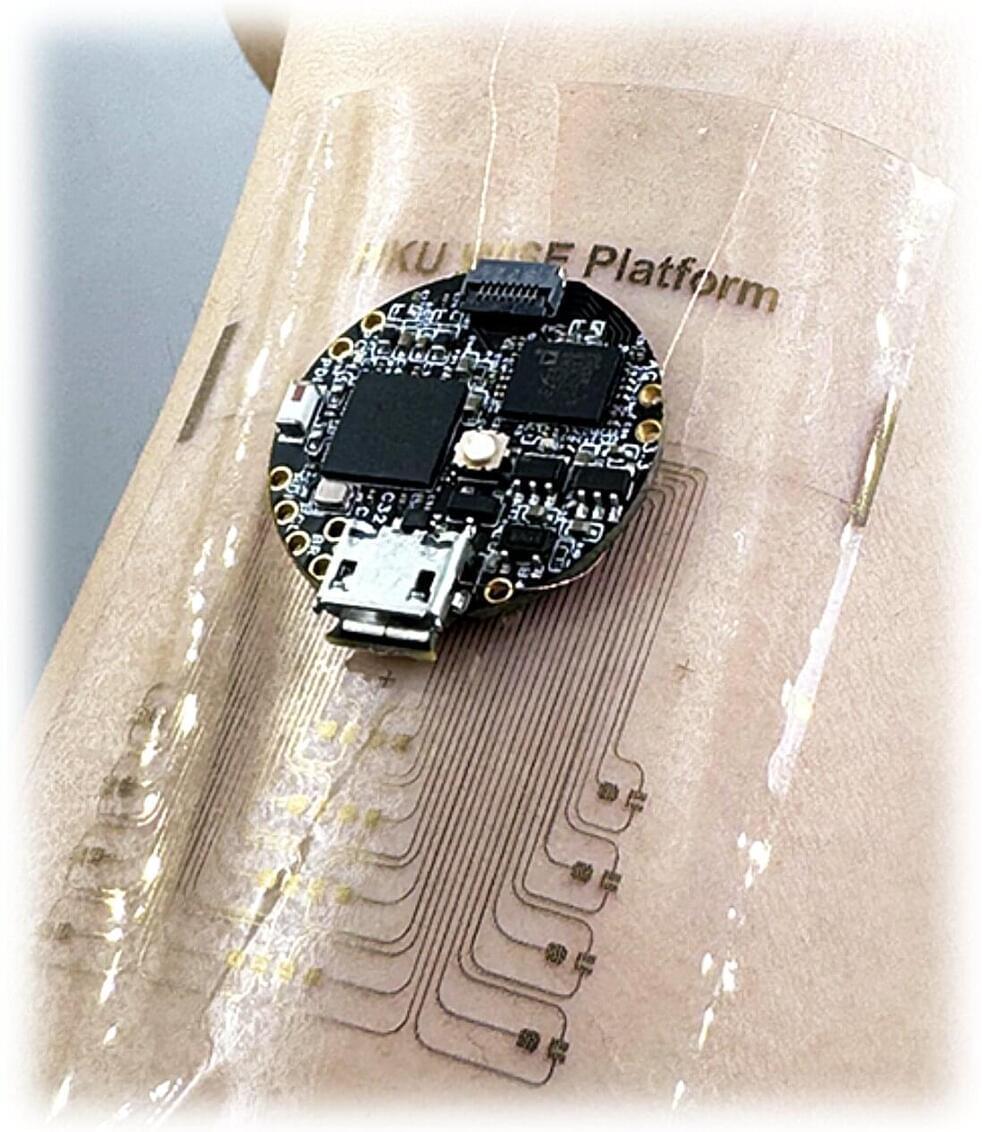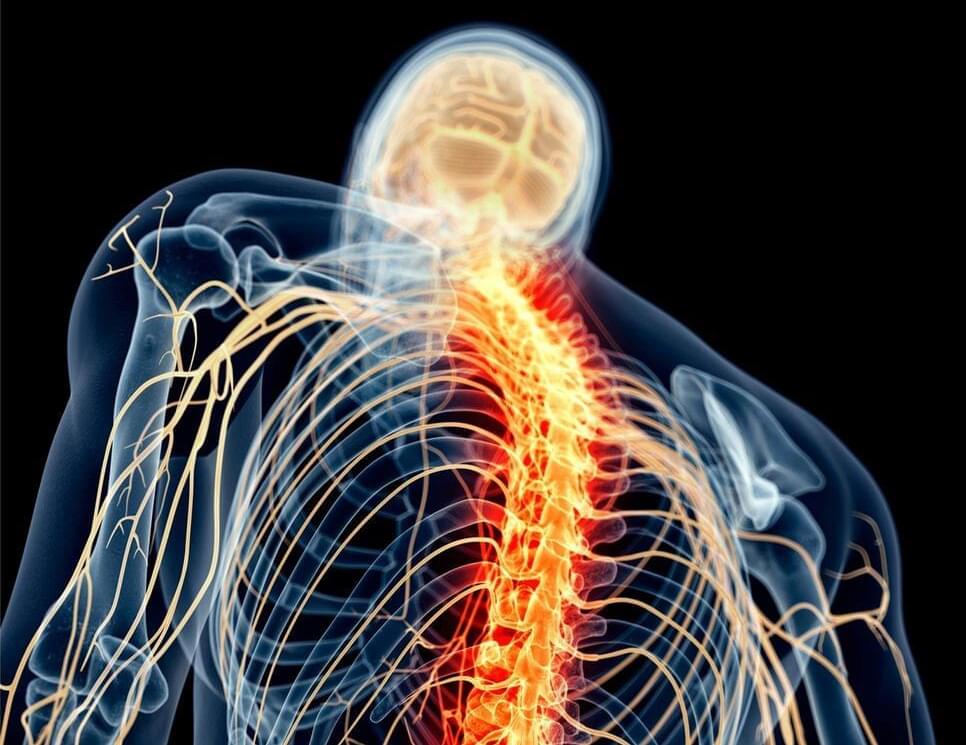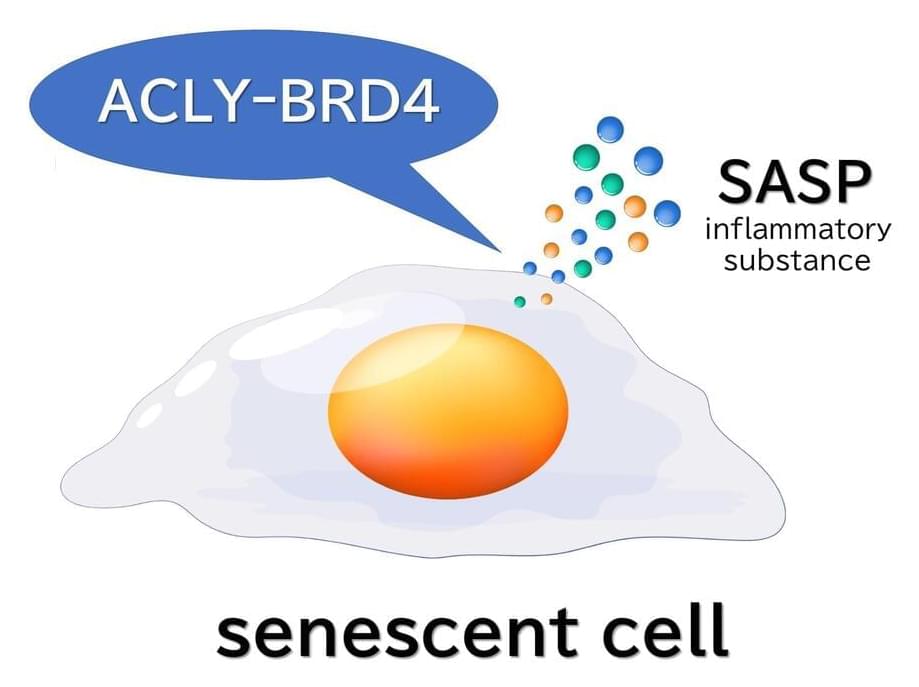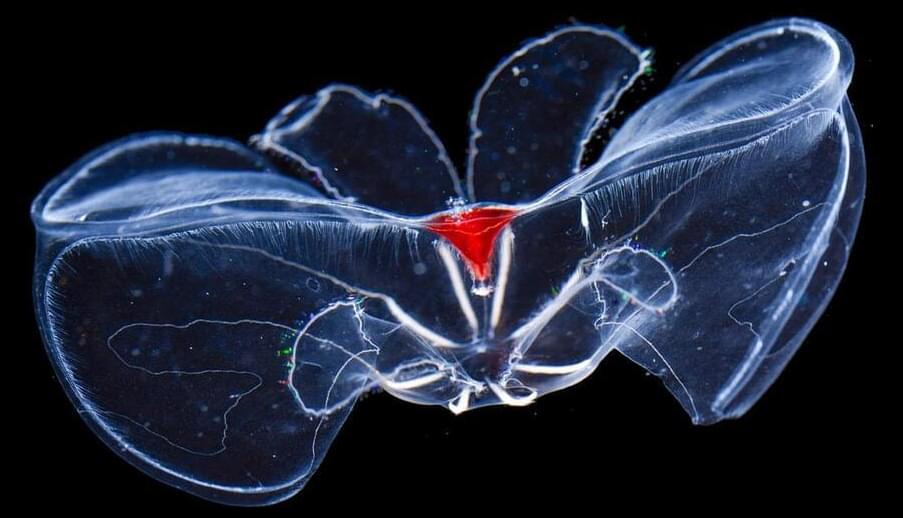Oct 20, 2024
Astronomers Witness A Star Dragging Space-Time Around With It
Posted by Saúl Morales Rodriguéz in categories: physics, space
A spinning white dwarf drags space-time around it 100 million times more powerfully than Earth.
Astronomers have recently provided compelling evidence of a star dragging space-time, showcasing one of Einstein’s lesser-known predictions. This phenomenon, known as “frame-dragging,” describes how a spinning object distorts the very fabric of space-time around it. While this effect is nearly imperceptible in everyday life, even on a planetary scale, certain cosmic conditions make it much more noticeable. A study published in Science details these observations using a radio telescope to study a rare pair of compact stars.
Continue reading “Astronomers Witness A Star Dragging Space-Time Around With It” »
